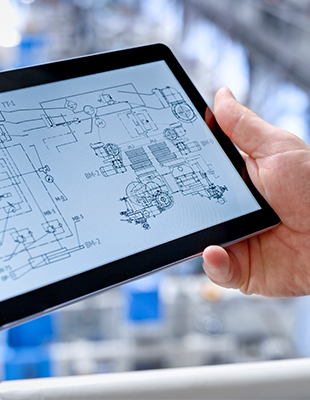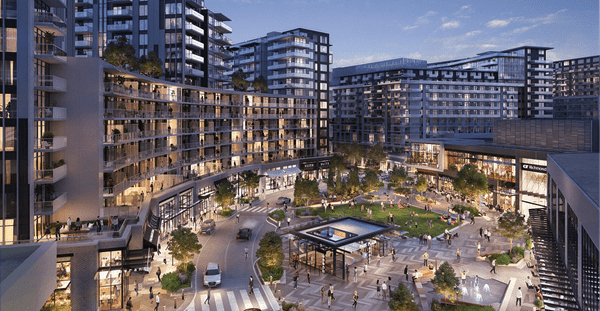The technology market moves quickly. In the last few years alone we’ve seen the advent and application of everything from basic thought control to voice assistants, the Internet of Things and 5G. But when it comes to Intelligent Buildings, how do we align this pace of innovation with construction programmes that can take years to reach completion? How exactly do we buy an Intelligent Building when there is such a mismatch in timeframes? Do we have to just accept the inevitable obsolescence?
The most important thing to understand is that there is never a wrong time to buy – or convert to – an intelligent building. With so many options, the difficulty is in knowing where to begin.
Many building design projects started years ago, before smart and intelligent building technology was even on the radar. Confronted with the prospect of having to retrofit (even for buildings that haven’t yet finished construction), people often think it’s too late. However, waiting until practical completion and then layering in Intelligent Building technology afterwards is certainly one option to consider. The main drawback – particularly if you’re working with a main contractor who may not be a technology specialist – is that this approach could become quite cumbersome and costly.
The alternative would be to incorporate the technology within the construction programme, as the build progresses. Yet this carries the risk that by the time the building is complete, the market will have moved on and the technology might be obsolete or need updating anyway.
Against this backdrop, it’s easy to see why the options could be overwhelming. The fact that the market is still so new means there are no set standards, and what we understand to be best practice is constantly evolving. As a result, we need to be flexible in our approach and understand that the process of buying an Intelligent Building can be as multi-faceted as the building itself.
Embrace agile delivery
This is where the difference between ‘waterfall’ versus ‘agile’ delivery comes in. The waterfall method refers to projects being completed sequentially, and is a programme and project management approach that we might be especially familiar with in construction. After all, you need to build your foundations before you can put the roof on.
Agile delivery, in contrast, refers to projects being completed iteratively in a cycle, and is an approach that really comes into its own when it relates to software development.
Different parts of different buildings - whether an office, school, hospital, shopping centre, factory or warehouse - move and age at different rates. While the structure, for example, might have a design life of 100 years, mechanical services – such as lifts, escalators, or heating and ventilation systems, could have a design life of just 20 years. Furniture might need to be upgraded every five years, and – in an intelligent building - software could need to be updated as frequently as every six months.
This has a huge impact on the way in which a building is designed and procured. Technology in particular needs to be ‘designed-in’ in an almost disposable way; and this is much easier to achieve if you’re following an agile rather than linear delivery path.
Test, adapt, evolve
When buying an intelligent building, you need to be prepared to make adjustments along the way. Unlike the fixed, physical structure, installing intelligent building technology will often involve several iterations, or incremental steps as you move towards completion.
This approach calls for a very different skillset and means that we might need to turn many of the more traditional construction processes on their head. There are very few companies that can blur the physical and digital worlds, and we can’t expect a contractor to be responsible for installing software in the same way that we would expect them to deliver the physical asset.
Instead, you need to think about expanding your ecosystem through new partnerships with tech players or digital contractors, and bringing them on board as part of your core project delivery team.
Focus on the end game
Think about what you want the technology to achieve. This isn’t just about keeping-up with the latest digital craze; it’s about delivering benefits that will genuinely improve a user’s experience of the space. Could facial recognition technology be useful, if it means people never have to carry an access card? Will air quality sensors help to keep the environment healthy and comfortable for the people within it? If you get the brief right from the outset and give your digital contractor the outcomes you require, they can determine the best method to get to that point.
There is no right or wrong approach to buying an intelligent building, and there is no good or bad time to install the technology you require. Instead, it’s about accepting the need for flexibility, delivering in iterations and not being afraid of adapting along the way. By doing this, you’ll be able to develop your tech in line with the evolving expectations and standards.
Having the right team in place to help you navigate this new landscape is invaluable, but ultimately buying an intelligent building is a long-term investment and, whichever approach you choose, is one that you can be sure will reap dividends in the future.
Contact Dan Clark at daniel.clark@arcadis.com






